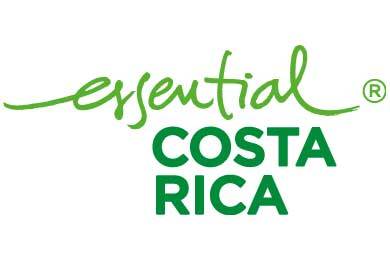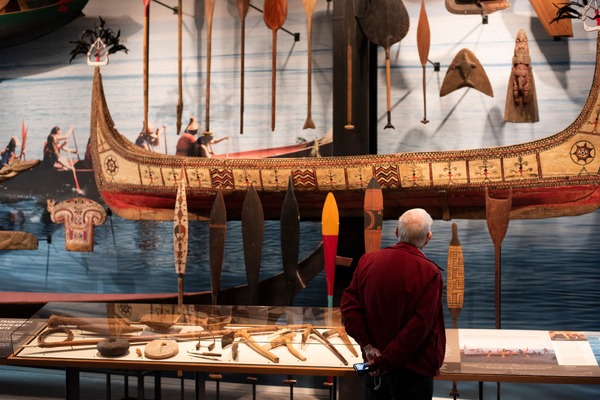Costa Rica’s 6 wildlife wonders and when to see them
 Madeleine Barber
Madeleine BarberFrom butterflies to whales, these six sightings will be a hit with any client that loves nature and wildlife
Costa Rica may be one of the littler Latin American countries, but good things come in small packages. This destination houses a massive 6.5% of the world’s biodiversity – a statistic that has increased by 1.5% in the past year – and 26% of its landmass is made up of protected natural territory, so it’s a big hit with eco-conscious travellers.
The country is a year-round destination and can be visited in both the dry season (December-March) and green season (April-October). The green season is when Costa Rica becomes more lush, due to the tropical showers that bathe the country.
When your nature-loving client is planning a holiday to Costa Rica to explore its wildlife wonders, recommend they choose when to visit based on the species they’d like to see. Here are six of the sightings on offer.
1. Sloths
Costa Rica is one of the few destinations in the world that has both two-toed and three-toed sloths. Your clients will find them all over the country but make sure you suggest they look to the sky, as sloths are always in the heights – they just come down to go to “the toilet”.
When to see them: All year round
2. Monkeys
There’s plenty of monkey business going on in Costa Rica, where visitors can spot four different species. While monkeys can be seen all over the country, the Caribbean coastline, Corcovado and Arenal Volcano national park surroundings are ideal locations to find white-faced, squirrel, spider and howler monkeys. Howler monkeys can be heard before they’re seen and reside in many of the country’s national parks.
When to see them: All year round.
3. Whales and dolphins
Whales can be spotted for nine months of the year in Costa Rica, with dolphins making appearances year round. Marino Ballena national park is a hotspot for whale watching (it also happens to have a whale tail-shaped coast), and taking a boat tour into the Pacific to see baby whales with their mothers is often a popular activity for families.
When to see them: North American humpbacks arrive in December and stay around until April, while the South American humpbacks are in the area from July until November.
4. Turtles
Visitors to Costa Rica should have witnessing turtle nesting on their holiday bucket list, with four species available to see: leatherback, green, olive ridley and hawksbill.
When to see them: Leatherback turtles nest between March and July on the Caribbean coast and between September and March on the Pacific coast. Green turtles nest from June to October on the northern Caribbean coast – Tortuguero is a hotspot. Olive ridleys can be seen nesting on the Pacific coast all year round, but ramp up the activity between July and November. Lastly, hawksbills nest in Cahuita national park in September and October and can also be found foraging in the Golfo Dulce.
5. Birds
The fact that there are more than 900 species of bird in Costa Rica is sure to wow visitors of all ages – even those that aren’t avid birders. Some of the standout species include the striking green-and-red quetzals, diverse hummingbird and technicolor scarlet macaw, which is seeing a resurgence in Costa Rica after coming dangerously close to extinction in the country. Send your clients to the Monteverde Cloud Forest and Los Quetzales national park for quetzals, and the Osa Peninsula and Carara Biological Reserve for scarlet macaws. Hummingbirds can be seen all over.
When to see them: Look out for quetzals on avocado trees between February and May, suggest visiting in the wet season for hummingbirds and scarlet macaws can be seen flying in pairs year round.
6. Butterflies
There’s a huge variety of butterflies in Costa Rica, with 18% of the world’s species and 90% of Central America’s found here. Visitors can hand feed mango and pineapple to the critters in many butterfly houses in the national parks but more often than not the butterflies will come to them. The blue morpho butterfly is the most famous species and one of the biggest in the world with a whopping wingspan of 20cm.
When to see them: All year round
In order to help protect Costa Rica’s range of nature and wildlife, the Costa Rica Tourism Board is launching the Pura Vida Pledge on its Pura Vida University training programme. This is a list of hotel and tour partners that are practising sustainability, designed to help UK travel agents curate a sustainable itinerary and promote responsible tourism. To be one of the first to find out when this resource launches to the trade, you can complete the training.
The Costa Rica Tourism Board is also offering agents the chance to win a soft sloth toy or toucan teddy by completing the course by 30 June 2020.
Sign up for weekday travel news and analysis straight to your inbox

Madeleine Barber
Supplier Directory
Find contacts for 260+ travel suppliers. Type name, company or destination.




















